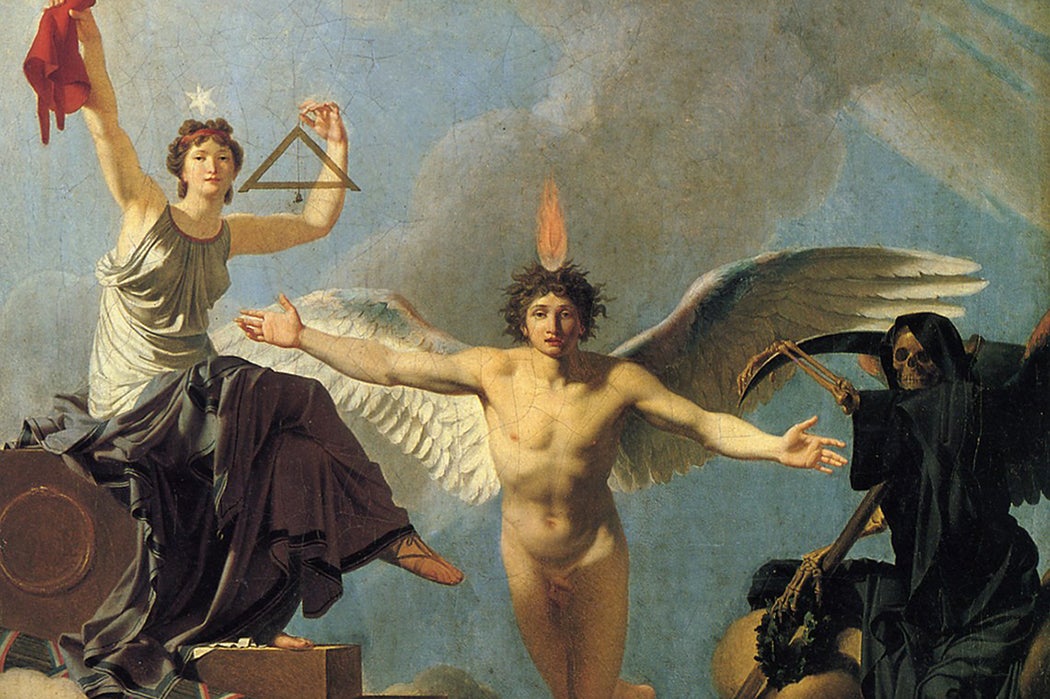From QAnon believers’ claims about the large-scale trafficking of children to predictions about shadowy forces undermining the presidential election, conspiracy theories are everywhere in 2020. The idea of a conspiracy offers a neat way to connect a group’s political enemies with the forces of deepest evil while attributing all kinds of world events to their machinations. As historian Michael Taylor explains, that’s just what happened after the French Revolution, a shocking event that many British conservatives attributed to the Illuminati.
In 1797—eight years after the storming of the Bastille and two years before Napoleon Bonaparte’s coup d’état—natural philosopher John Robison and the ex-Jesuit Abbé Augustin Barruel both published accounts of the Revolution that placed responsibility on the Illuminati. The Illuminati was a real secret society, founded in 1776 to advance Enlightenment principles. Robison and Barruel argued that its members had a complex global plan to subvert the church, state, and society. By infiltrating Masonic lodges and other institutions, they had supposedly made their way deep into the French elite and, in the guise of Jacobins, overthrown the monarchy.
This story was, of course, nonsense. But it quickly became popular nonsense among British conservatives. Both men’s books went through multiple printings within the year. The idea of the Illuminati conspiracy spread in periodicals and influenced clergy, who passed it on to their congregations.
Taylor argues that the conspiracy theory of the French Revolution appealed to British conservatives partly because it highlighted two sources of rebellion that they worried deeply about: women and the Irish. Many on the Right were devoted to defending patriarchal institutions against Mary Wollstonecraft and other feminist Enlightenment thinkers. Robison warned that the conspiracy he described included a “project for a Sisterhood, in subserviency to the designs of the Illuminati,” and called on his female readers to “join against these enemies of human nature, and profligate degraders of the sex.” Thomas O’Beirne, the Anglican Bishop of Ossory, warned that the Illuminati’s most powerful asset was “a female libertine, a female Atheist.”
The Irish Rebellion of 1798 convinced more conservatives that the Illuminati was at work. Conspiracy theorists claimed that leaders of the fight against British rule were organized in a hierarchical system of clubs that eerily paralleled the supposed structure of the Illuminati.
Weekly Newsletter
Taylor argues that the figure of the Illuminati allowed British conservative intellectuals to carve out aspects of Enlightenment thought that they liked while rejecting those associated with atheism, republicanism, and egalitarian ideals. Continental figures like Voltaire and Rousseau were out. British thinkers John Locke, Isaac Newton, and Francis Bacon were in—at least as interpreted by British conservatives who claimed them for a rationalist, Christian tradition.
Today, conspiracy theories continue to serve the purpose for believers: clearly distinguishing between the forces of good and evil, regardless of how messy and complicated world events may seem to those who haven’t been initiated.







